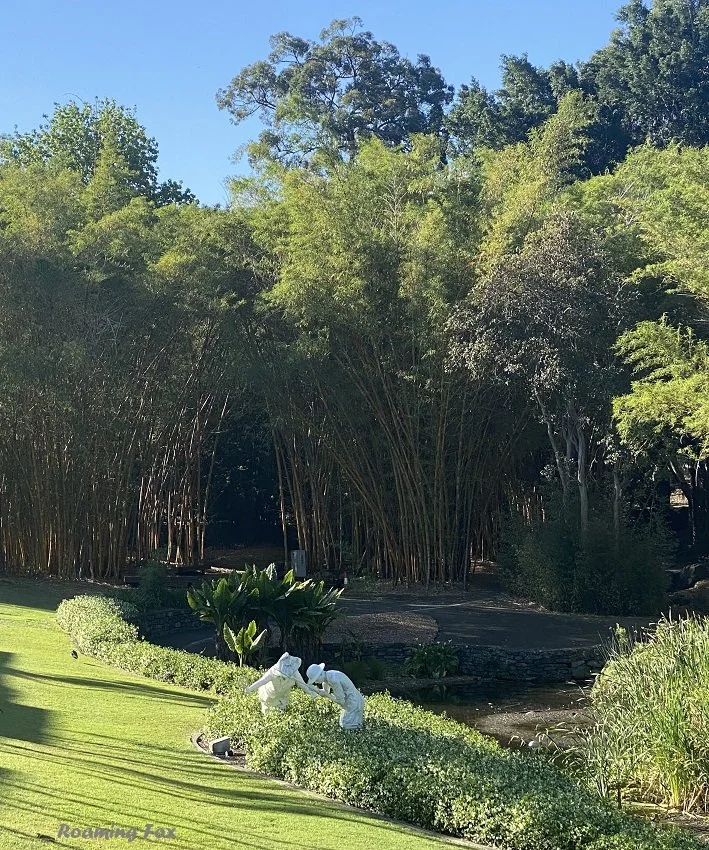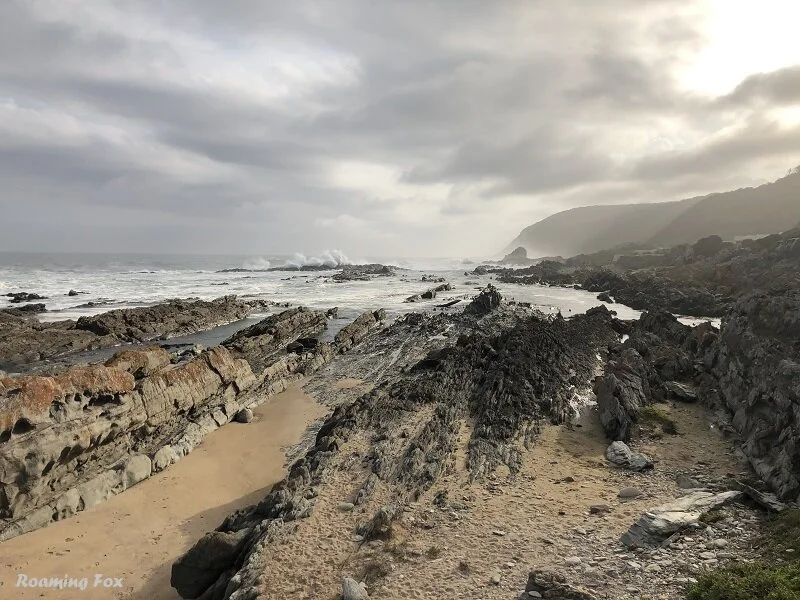Conservation, education and preservation of the Waterberg Biosphere
Vaalwater - Limpopo
Waterberg Biosphere
A necessary preservation of wildlife, ecology, geology and history in the Bushveld
Snares used to poach animals
Waterberg Nature Conservancy Spring Fever Picnic
What has a picnic got to do with travel in the Waterberg? Or conservation, education and preservation for that matter? Keep on reading and you might find out.
During our three-hour trip from Johannesburg my mind wanders as my gaze shifts from concrete jungle to golden savanna. If communities like the Waterberg Nature Conservancy didn’t exist, would we even have an inkling about the need to conserve the Waterberg biosphere?
In spring the southern edge of the Limpopo province is scantily dotted with the bare thorn trees of the Bushveld. Large black areas dotted here and there are the charred remains of a veld fire, something I would hate to encounter in the bush. But even worse is the fate of the animals that could have been trapped by that fire.
To the left the blue grey mountain range sweeps its way towards the highway. That’s when you know you’ve reached the edge of the Waterberg.
If you’d said to me a few years ago I would be visiting this region on a regular basis I would have disagreed. As much as I’ve always wanted to see the Waterberg, I’ve also wanted to explore other places.
If you’d told me I would have a minuscule part to play in bringing awareness to conservation of the area I would have said you’re crazy. It wouldn’t have crossed my mind that I would assist such a community even in such a small manner.
We turn off the N1 at the Kranskop Toll Plaza and drive through Modimolle towards the Seven Sisters mountain range. They stand guard at the steep entrance to the Waterberg plateau.
Waterberg biosphere
The Waterberg is a unique wilderness yet to be fully discovered. It is away from bustling tourist centres, yet has a myriad of bush camps, lodges and game farms to choose from should you wish to stay in the area from camping to self-catering bungalows or chalets and even five-star resorts.
Here one can get close to nature and if you’re lucky, spot the normally elusive, shy animals such as porcupine, bat-eared foxes, ant bears or lesser bush babies. Some have even been fortunate to see pangolin. If you are more keen to see the Big Five, you won’t be disappointed as they are in some of the reserves too.
The biosphere is diverse and the Waterberg Nature Conservancy plays a huge role towards tourism, conservation and education.
For the last couple of years we have been given the small but important job of being gatekeepers at the conservancy’s picnic day. That means collecting the entrance fee for the picnic and selling raffle tickets.
we arrive at Matamba Bush camp where we would spend a few nights. Alan and Sue, also members of the conservancy, have been milling and we are given a huge welcome by the animals, waiting for scraps. What a lovely treat to see so many in one spot! The epitome of conservation. Giraffe, eland, impala, nyala, kudu and sable antelope in the bushveld.
On Saturday we help out at the picnic, a main annual fundraising event for the Waterberg Nature Conservancy.
Animal welcome at Matamba Bush Camp
“Conservation efforts by private landowners protect not only the charismatic creatures the Waterberg is renowned for, but also precious ecosystems and vegetation types endemic to the region. The vast Waterberg plateau is dissected by numerous rivers, principally the Mokolo which rises in the southern hills and the Palala (Lephalala) which rises in the south-east. The large rivers, streams and wetlands, cliffs and mountainous areas are important habitats for many game species. The Waterberg is home to hundreds of bird species, of which 21 are threatened.
The Waterberg Nature Conservancy seeks to:
promote, conserve and protect the fauna, flora and wilderness areas, historical sites, river systems and natural heritage sites within the Waterberg;
promote the awareness of environmental issues by way of education, research, sustainable utilisation and tourism;
promote the upliftment, education and needs of the people living and employed in Vaalwater and the greater Waterberg area;
promote, support or oppose legislation or other measures affecting the Conservancy and its members.”
Waterberg Nature Conservancy Picnic
This year the picnic is held in the beautiful gardens of the Zeederberg Cottages, a great place to stay on the outskirts of Vaalwater for a quick stopover. On arrival I am fascinated by the seeds of the Kapok tree, Ceiba Pendrata, and its fibres that look like cotton wool as they burst from their pods.
Seed pods in a Kapok tree
A great day is had by all on the Saturday while raising funds. We are given a demonstration by the Waterberg Security Initiative and their dogs, Belgian Malinois, that play a large part in tracking and catching poachers. The security initiative is also involved in firefighting, which is a huge risk in the bushveld, especially in the dry season.
Tracking dog
Raffles are drawn, auctions are bid on and a merry time is had by everyone, while a few people walk away with lovely prizes. My prize is the opportunity to be part of this amazing community for a brief while.
These are just some of the communities, groups, services or establishments that do great work in the Waterberg.
If it wasn’t for the conservationists and their communities, we as travellers or tourists would not be aware of the major projects they commit to. What they undertake allows present and future generations to have the liberty to enjoy the wildlife and biosphere of the Waterberg.
What would a safari be without animals or what would nature be without its fauna or flora? It is not only our rhino or pangolin that need to be saved, but also our ecosystems.
Why not do some research yourself by clicking on the links above and see what they do and offer. Even better, travel through the area and explore the Waterberg for a few days and get to meet the people.
It is also the gateway to Botswana and sometimes Zimbabwe, but don’t just drive past. It is a great place to stop for a night or two on your way there or back. Or on a regular basis, like us.
Related blog posts:
Safari getaways and bushveld experiences in the Waterberg
Marakele National Park and mischievous monkey antics
The Best Bush camp in the Waterberg
Let’s get social - Follow Roaming Fox:
Step by step instructions on how to leave a comment on my blog:
Type in your comment in the comment box.
Click ‘Post Comment’
Briefly a message should appear saying you are not logged in, then a box with ‘Post a Comment’ will appear for you to complete with your name, email address and website URL (if you have one).
Fill in your first name and email address in the appropriate section. (Your email will not be made public and will not be used for any other purpose than for you to get a notification of a reply to your comment.)
Click ‘Comment as Guest’ and you’re good to go!
To subscribe to my blogs, please fill out the SUBSCRIBE form.
Thank you.
I know it is quite a process, but it helps keep our websites secure. Your email address will not be shared or displayed.
























I think we would be hard pressed to find someone that doesn’t like butterflies. Who wouldn’t be enchanted?
Beautiful, fragile and gentle, flitting from bloom to bloom.